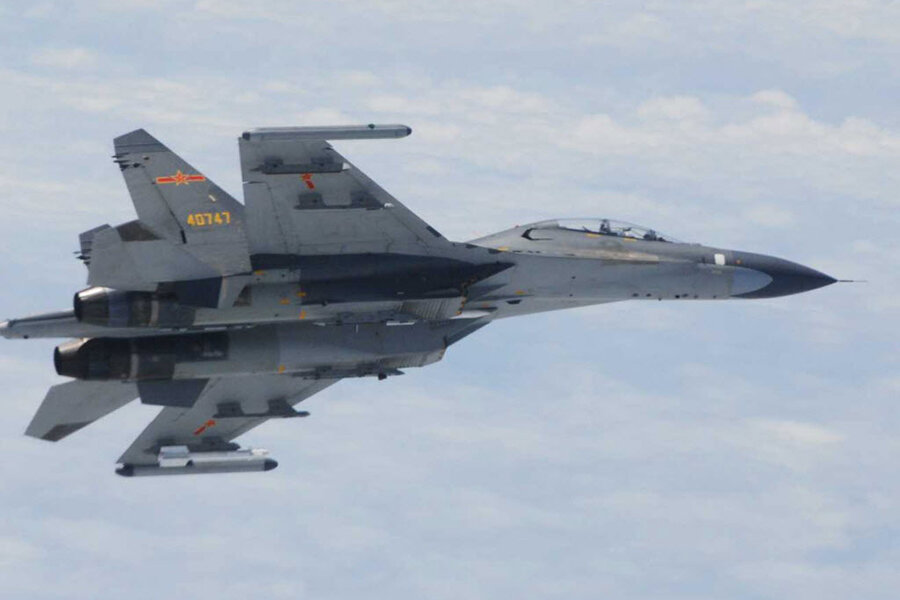Jets in East China Sea: Japan and China blame each other for encounter
Loading...
| BEIJING
China and Japan are blaming each other for a close encounter between military jets over the East China Sea.
China's Defense Ministry said Thursday that Japanese F-15 fighters followed a Chinese TU-154 plane on a regular patrol Wednesday morning and got as close as 30 meters (100 feet). It released two videos on its website purporting to show the incident, which it said had "seriously affected" the safety of the Chinese plane.
Japanese Chief Cabinet Secretary Yoshihide Suga denied on Thursday that Japanese aircraft had approached a Chinese plane and said Japan stood by the version it gave on Wednesday — that two Chinese SU27 fighters had posed a danger to Japanese aircraft by flying near them. "Chinese criticism is irrelevant," Suga said.
On Wednesday, Japan lodged a diplomatic protest with Beijing over the incident and on Thursday its Foreign Ministry summonedChina's ambassador.
In response, Chinese Foreign Ministry spokeswoman Hua Chunying told reporters, "China strongly opposes and protests Japan's act of ignoring the facts, shifting the blame onto the victim, aggressive slandering and hyping the so-called China threat."
Tensions between the two Asian rivals have worsened in recent years over a group of uninhabited islands in the East China Seacalled Senkaku in Japanese and Diaoyu in Chinese. Japan controls the islands but China also claims them.
The two countries have increased patrols by ships and military planes to press their conflicting territorial claims. They had a similar incident on May 24.
"The latest incident occurred despite our strong protest and request for preventive efforts following the previous incident, and the government of Japan takes it extremely seriously," Japanese Deputy Foreign Minister Akitaka Saiki told reporters after meeting with Ambassador Cheng Yonghua.
The United States, which is allied to Japan, avoided taking sides in the squabble between the Asian powers, although it reiterated its concerns over an air defense information zone that China declared over the East China Sea late last year.
State Department spokeswoman Jen Psaki said Thursday she had not seen the video. She urged all states to ensure the safety of aircraft in flight, and said the reports reinforced the need for China and its neighbors to develop crisis management procedures to avoid miscalculations or further incidents at sea or in air.







